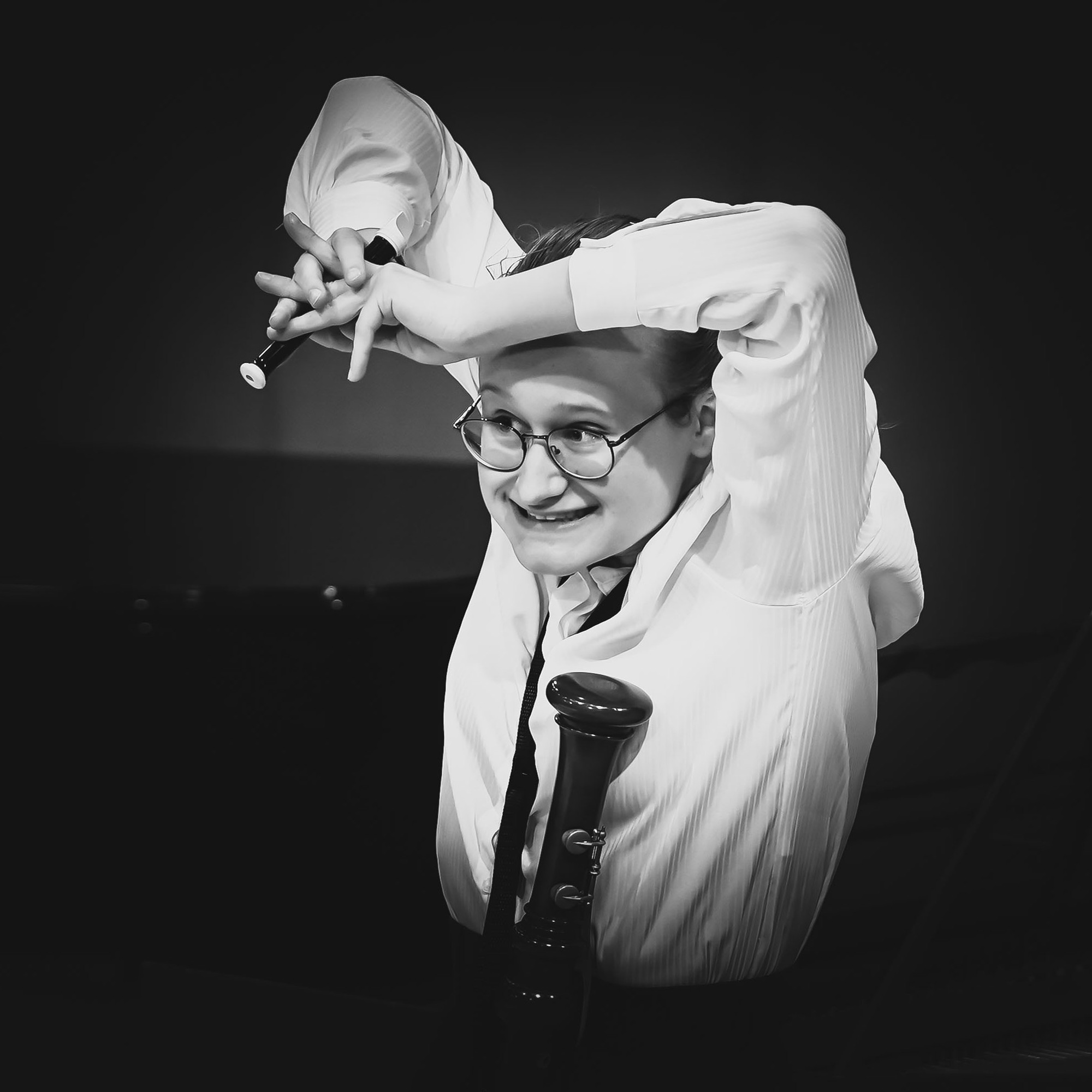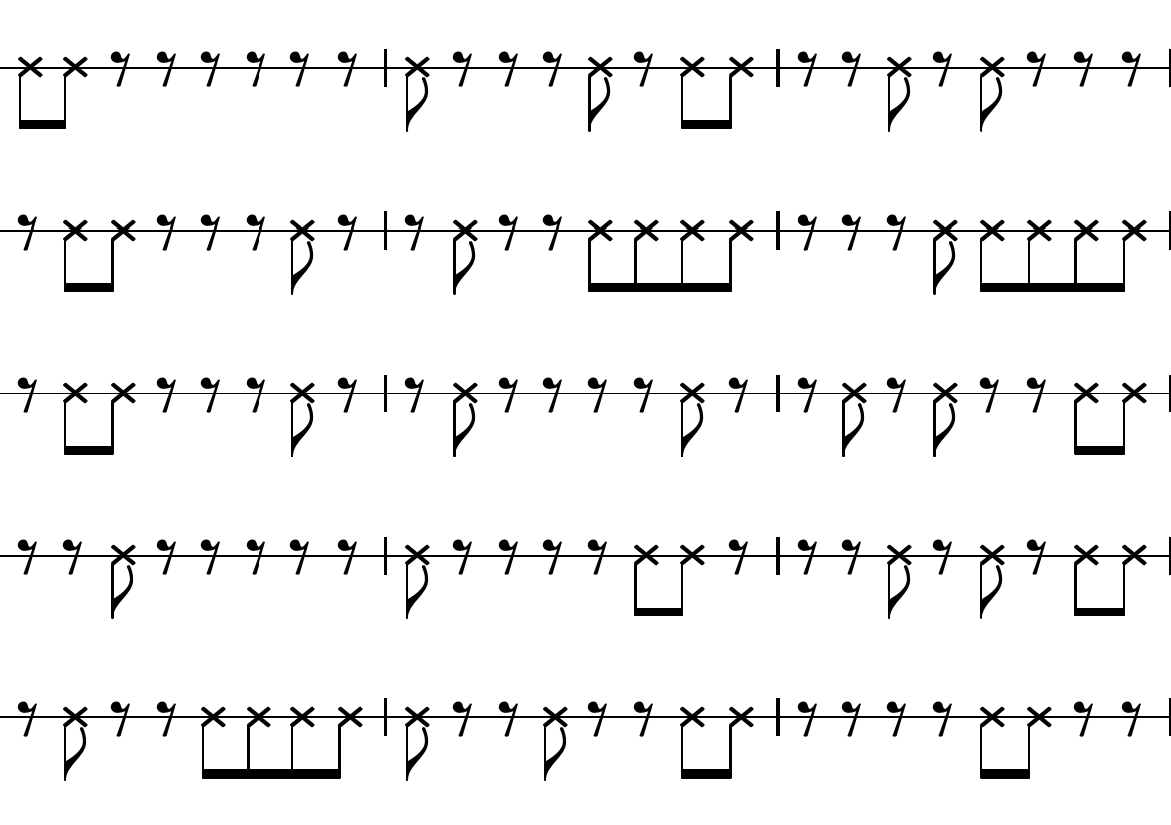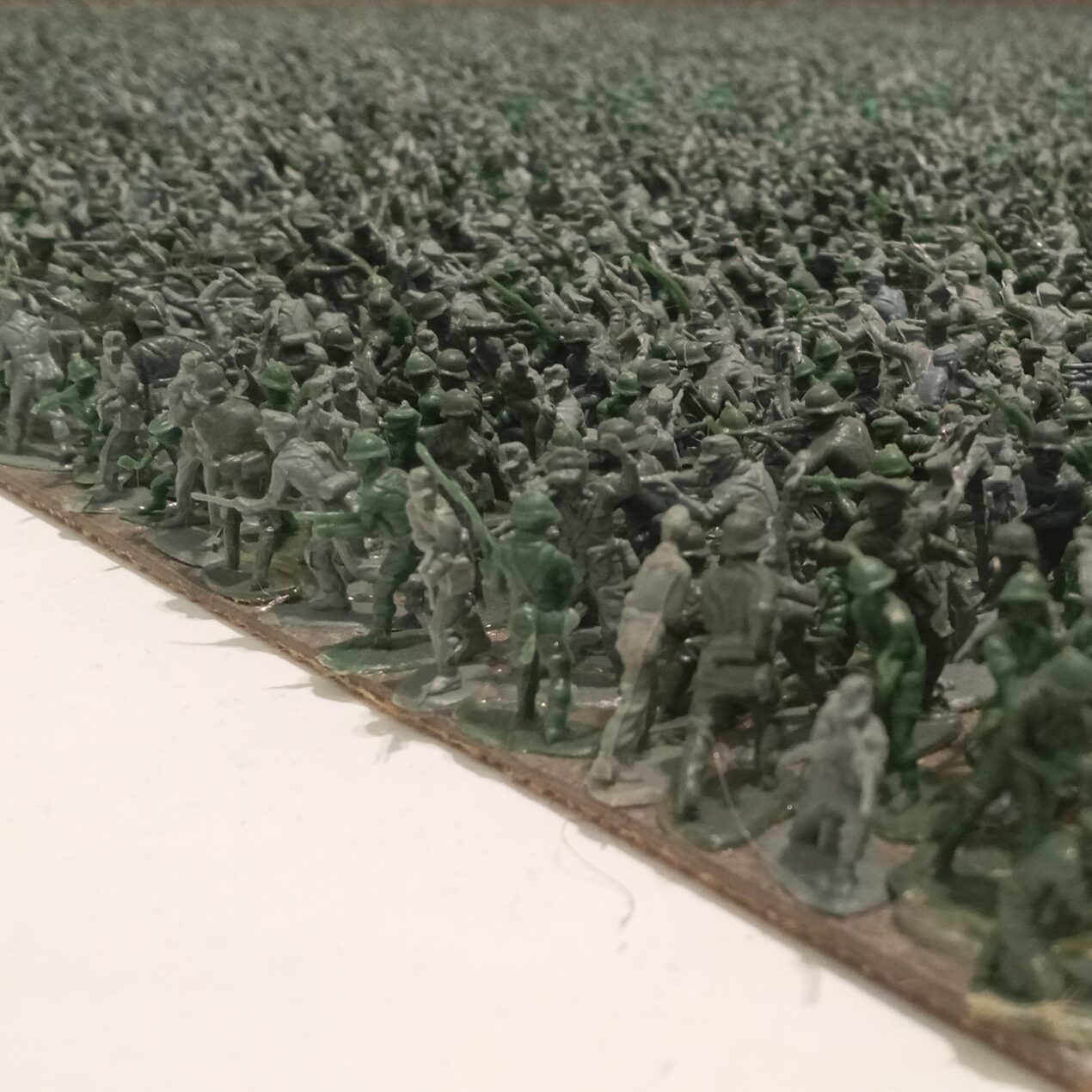It is with great pleasure that I present this text to my benevolent readership and give them an insight into my musical work. The attention you have dedicated to these two initial lines gives me hope that you will not fail to devote the same attention to the lines that follow. In the coming lines, I will endeavour to explain my approach as a musician to different styles and eras of music. As my most affable readers may have already realised, this text embodies one of the many – yet undeniably important – roles I play as a performer. To put it another way, you could say that I slip into various roles like an actress in order to convey the musical work to you – my highly esteemed readership – in the best possible way.
Now you may be wondering whether a musician really ought to do this, and I can assure you that this is the most convincing, occasionally highly entertaining and most effective way for me to address my audience. Of course, I leave it up to each and everyone to find their own way, the main aim is to maintain one’s own authenticity and to take to the stage with joy.
I must assure you that I am not always in the role I am presenting to you here. If the music demands it, the role is adapted accordingly. To make this a little more precise, I would like to give you a few examples below. When I play a composition from the Baldwin Commonplace Book (1580-1606), which I hold in high esteem, the entire focus is on inner calm in order to present all the rhythmic proportions cleanly and fluently. My sympathetic listeners will therefore engage with me on a level of seemingly timeless, floating music, even if my little toe inexorably feels the pulse that blurs into a harmonic cloud in the overall sound. If, on the other hand, I play a Telemann sonata, I feel well advised to draw my audience into the energetic maelstrom with an active posture and eye contact. In these two examples, one could argue if these are actually different roles. After all, one or the other will claim that the same role could be full of energy at one time and calm and level-headed at another, even completely in its own bubble. However, if I present you with a contemporary composition, such as the performance piece Über die Schnabelflöte, a collaboration with the most venerable Guy Ben-Tov, you will undoubtedly recognise that we are dealing here with one, or more strictly speaking, many roles that are clearly distinct from my roles described above. Through this text that you are currently reading, you – my honourable readers – can put yourselves in one of these roles and I urge you to imagine the appropriate gestures according to your good experiences and your mature taste before your inner eye.
If my gracious and interested readership has come all the way to this point, I would like to make one appeal to you: this is the humblest request, combined with the sincerest wish for the preservation of your creativity in order to give free rein to your unbridled inner nature and to discover the surrounding space with open, enthusiastic eyes. Not only as a musician on stage, but in every situation in life. I leave the concrete realisation of this special gift entirely to your own fine taste and your mature power of judgement.
With the utmost loyalty,
Alena Naima Kiszter






This content is gold—useful, interesting, and
easy to understand.
Nice share!
Ciao, volevo sapere il tuo prezzo.
Ndewo, achọrọ m ịmara ọnụahịa gị.
This article really resonated with me. The combination of clear insights and
a fresh perspective made it both enlightening and easy to follow.
I’m eager to read more like this!